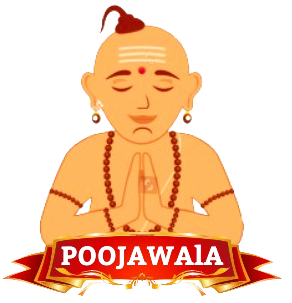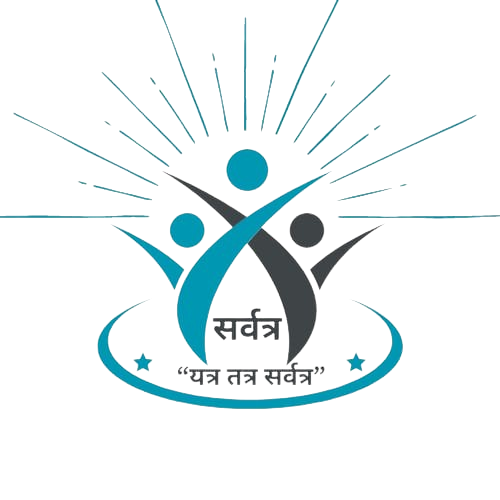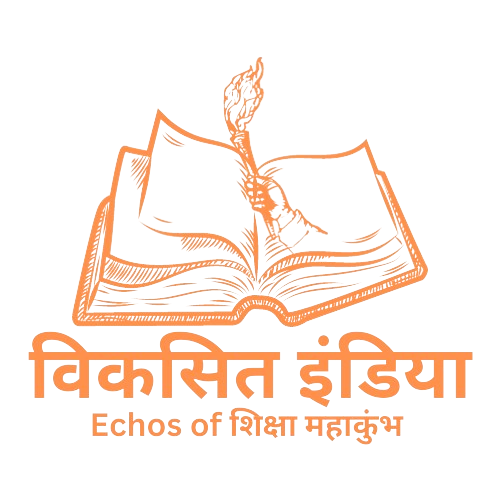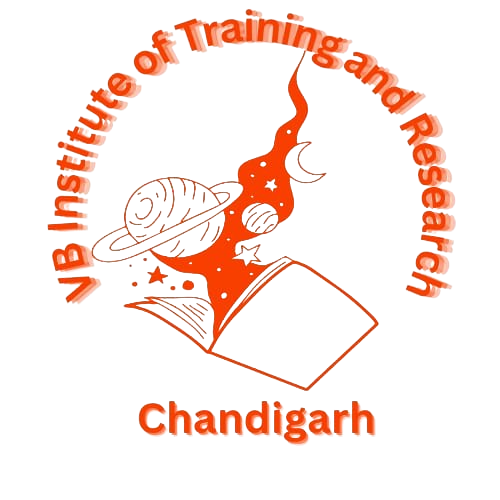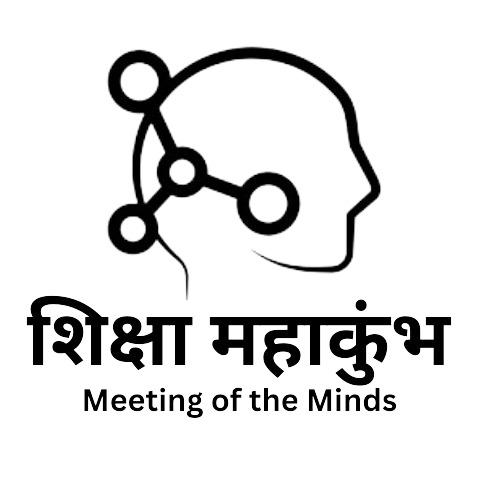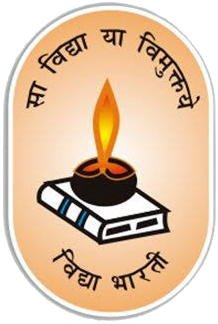
Sankranti Puja
Sankranti Puja is a traditional Hindu ritual observed during the festival of Sankranti, which marks the transition of the Sun into the zodiac sign of Capricorn (Makara). It is celebrated with great fervor in various parts of India, including Andhra Pradesh, Telangana, Karnataka, and Maharashtra. Here's an overview of the Sankranti Puja: Date: Sankranti Puja is typically observed on January 14th or 15th, coinciding with the first day of the solar month of Magha in the Hindu calendar. Preparation: Before the puja, households undergo thorough cleaning, and decorations are put up to welcome the festival. People buy new clothes and special ingredients for preparing traditional dishes. Puja Items: The essential items required for Sankranti Puja include: Idols or pictures of Lord Surya (Sun God) Offerings such as sesame seeds (til), rice, jaggery, sugarcane, and fruits Sacred water (Ganga jal) or plain water for rituals Puja utensils like lamps, incense sticks, camphor, and a bell Rituals and Ceremonies: Sankranti Puja begins with the purification of the house and the puja area. Idols or images of Lord Surya are adorned with flowers, sandalwood paste, and vermilion. Devotees offer prayers and perform aarti (ceremonial waving of lamps) to Lord Surya, seeking his blessings for prosperity and happiness. Sankranti Bath: Taking a holy bath in rivers or sacred water bodies during Sankranti is considered auspicious. Devotees visit temples dedicated to Lord Surya or take a dip in the river before performing the puja. Sesame Seed Offering: Sesame seeds (til) hold special significance during Sankranti Puja. Devotees offer til along with jaggery to Lord Surya as a symbol of purification and prosperity. Sesame seeds are also mixed with rice and distributed as prasad (blessed food) after the puja. Kite Flying: Kite flying is an integral part of the Sankranti celebrations, especially in states like Gujarat, Maharashtra, and Telangana. It is believed to bring joy and happiness and symbolizes the transition of the Sun into the northern hemisphere. Community Celebrations: Sankranti is celebrated as a community festival, with people coming together to exchange greetings, share festive meals, and participate in cultural programs and traditional dances. Harvest Celebrations: Sankranti also marks the harvest festival in many parts of India, with farmers expressing gratitude for a bountiful harvest. Special prayers and rituals are performed in agricultural fields to invoke blessings for a successful farming season.
₹ 2100Newsletter
🌟 Embrace the joy of savings and spiritual bliss. Don't miss out! 💌✨.
Contact

Developed by :
Mr. Yogesh & Ms. Manisa Roy Chowdhury
